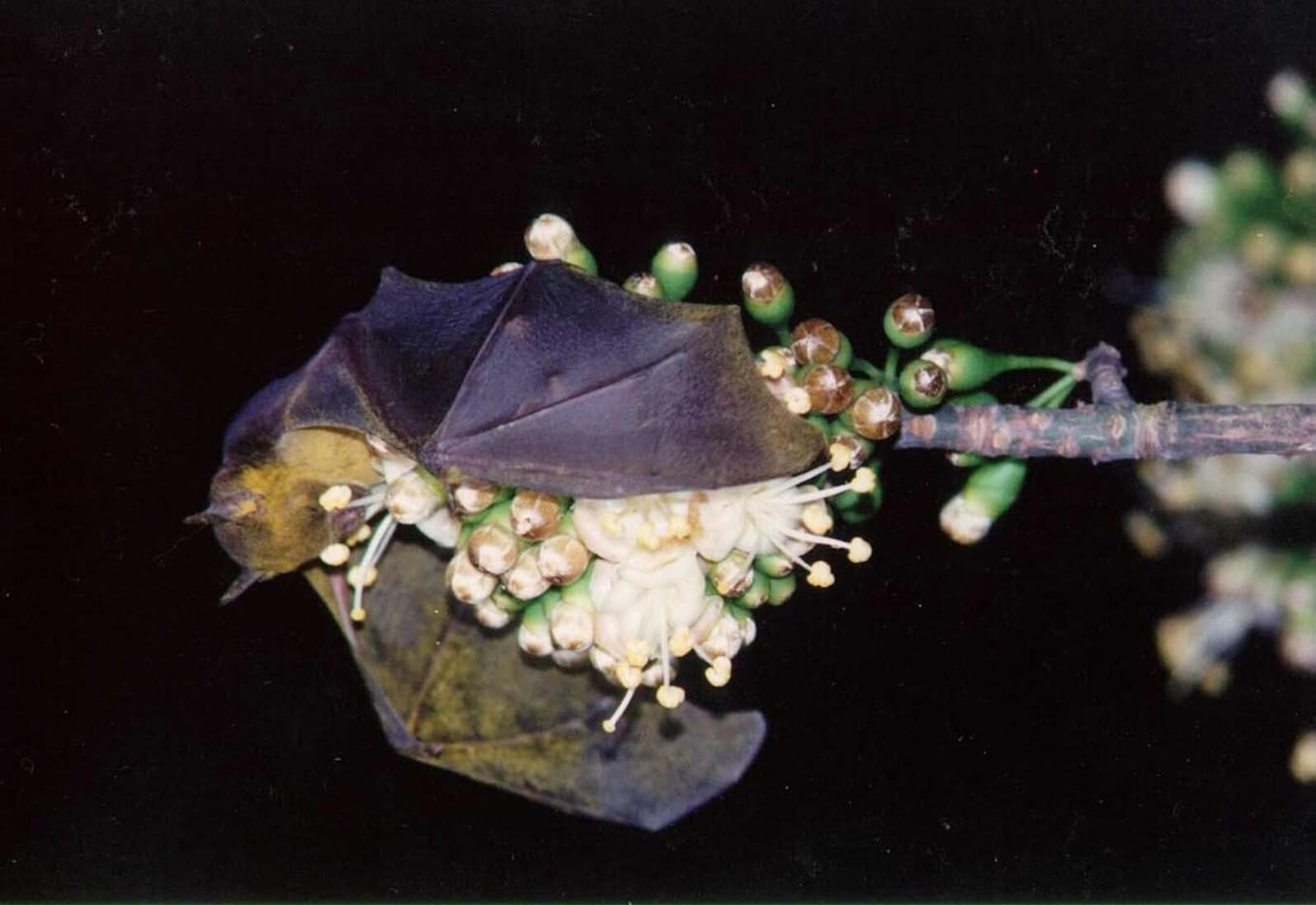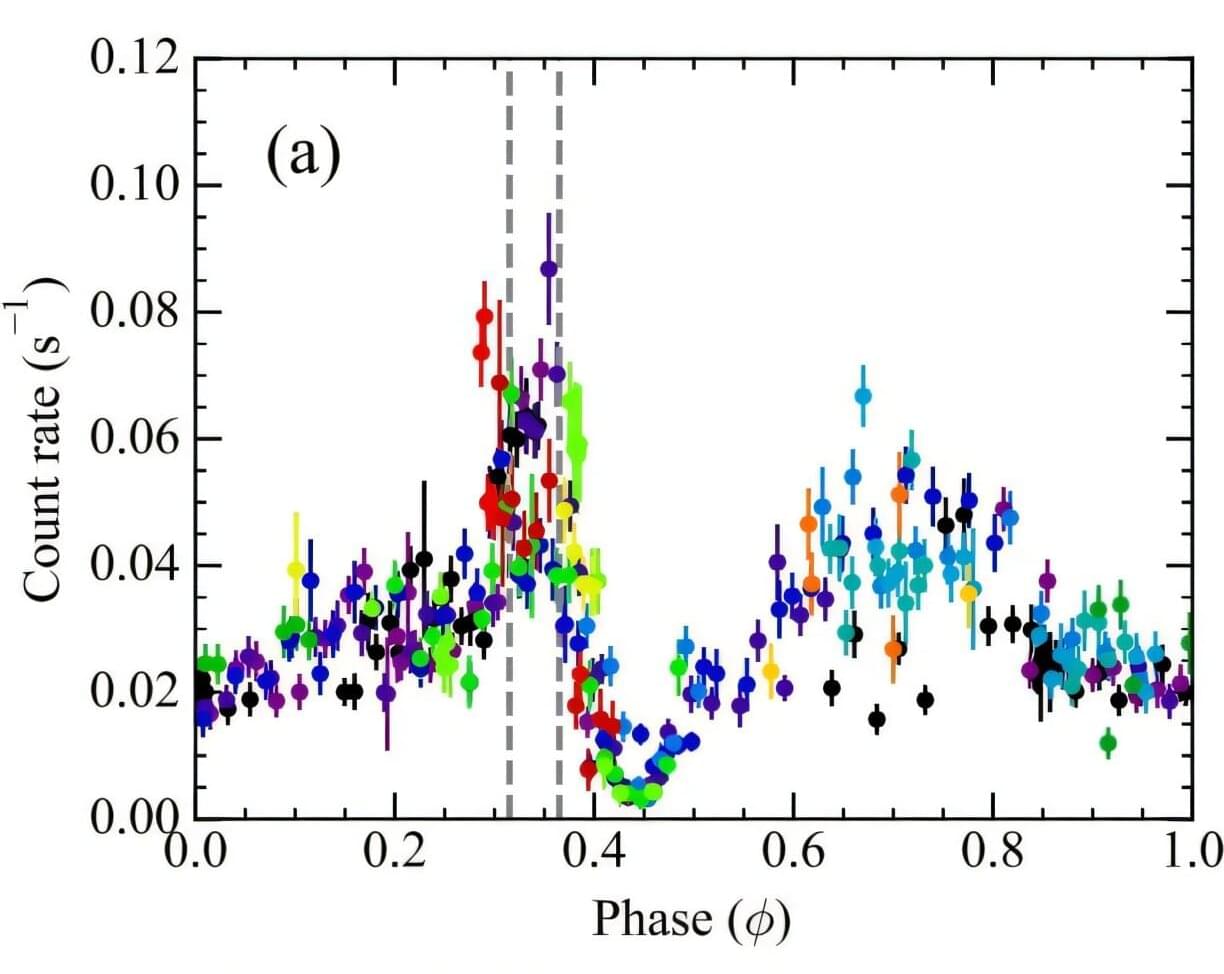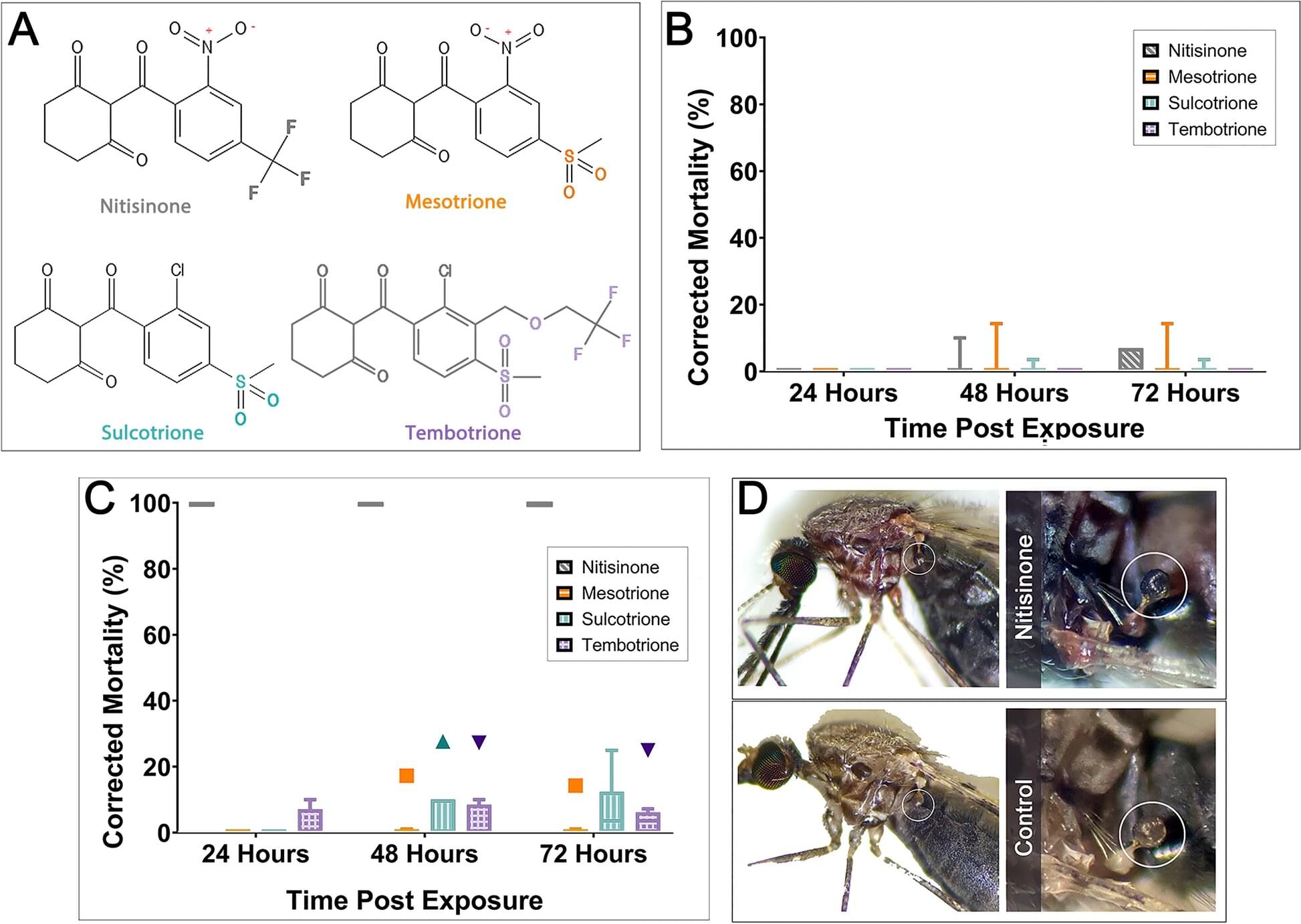Astronomers have used NASA’s James Webb Space Telescope to find strong evidence for a planet orbiting a star in the triple system closest to our own sun. At just 4 light-years away from Earth, the Alpha Centauri star system has long been a compelling target in the search for worlds beyond our solar system called exoplanets.
The system is made up of a close pair of orbiting stars, Alpha Centauri A and Alpha Centauri B, the two closest sun-like stars to Earth, as well as the faint red dwarf star Proxima Centauri. While there are three confirmed planets orbiting Proxima Centauri, the presence of other worlds surrounding the sun-like twins of Alpha Centauri A and Alpha Centauri B has proved challenging to confirm.
Now, Webb’s observations from its Mid-Infrared Instrument (MIRI) are providing the strongest evidence to date of a gas giant planet orbiting in the habitable zone of Alpha Centauri A. (The MIRI instrument was developed in part by the Jet Propulsion Laboratory [JPL], which is managed by Caltech for NASA). The habitable zone is the region around a star where temperatures could be right for liquid water to pool on a planet’s surface.








